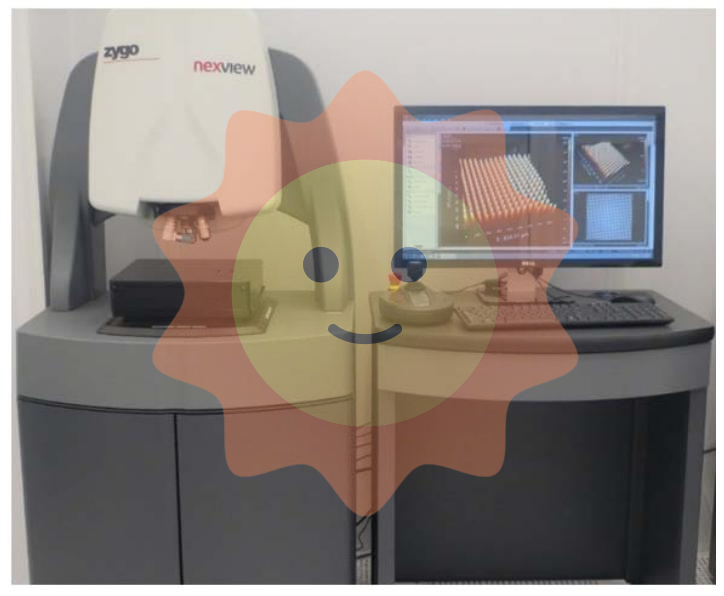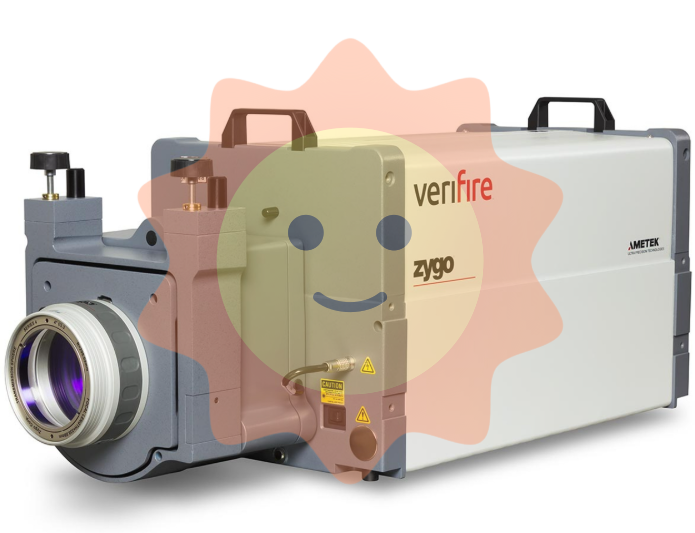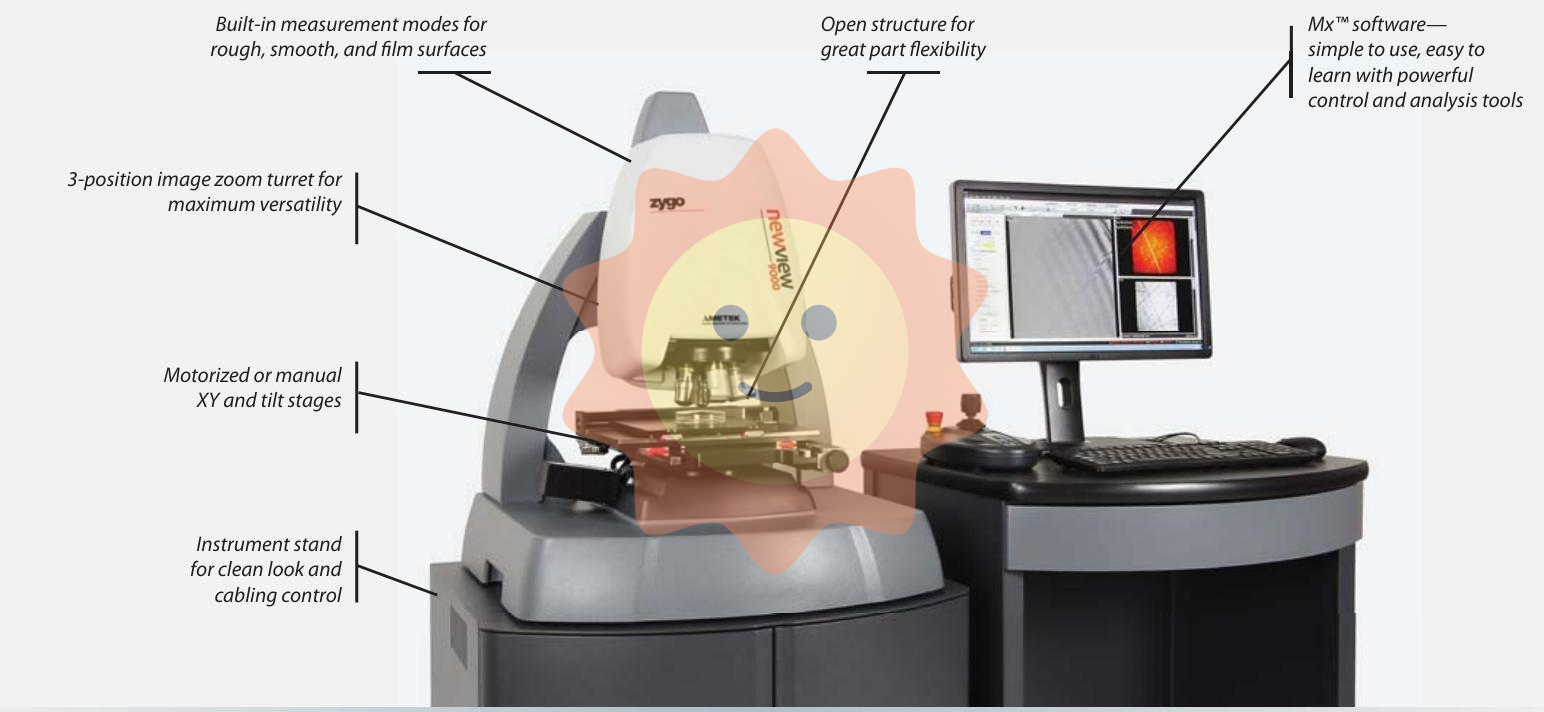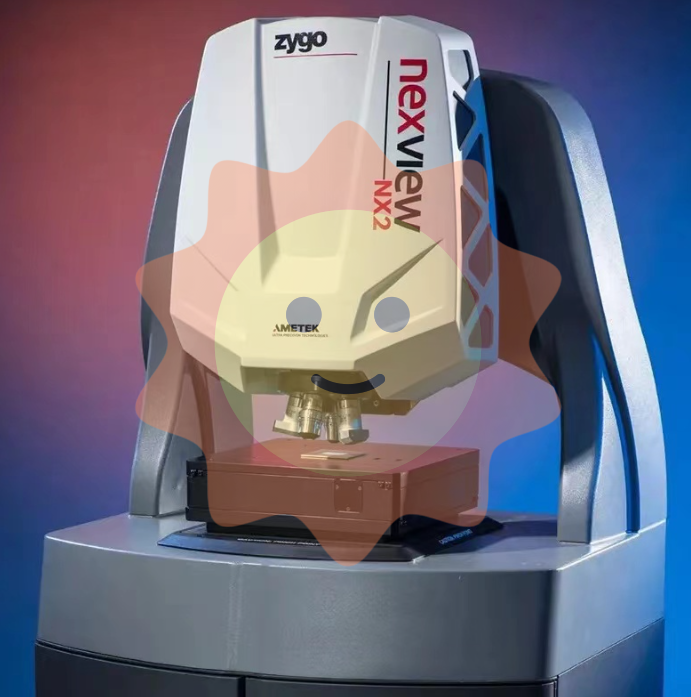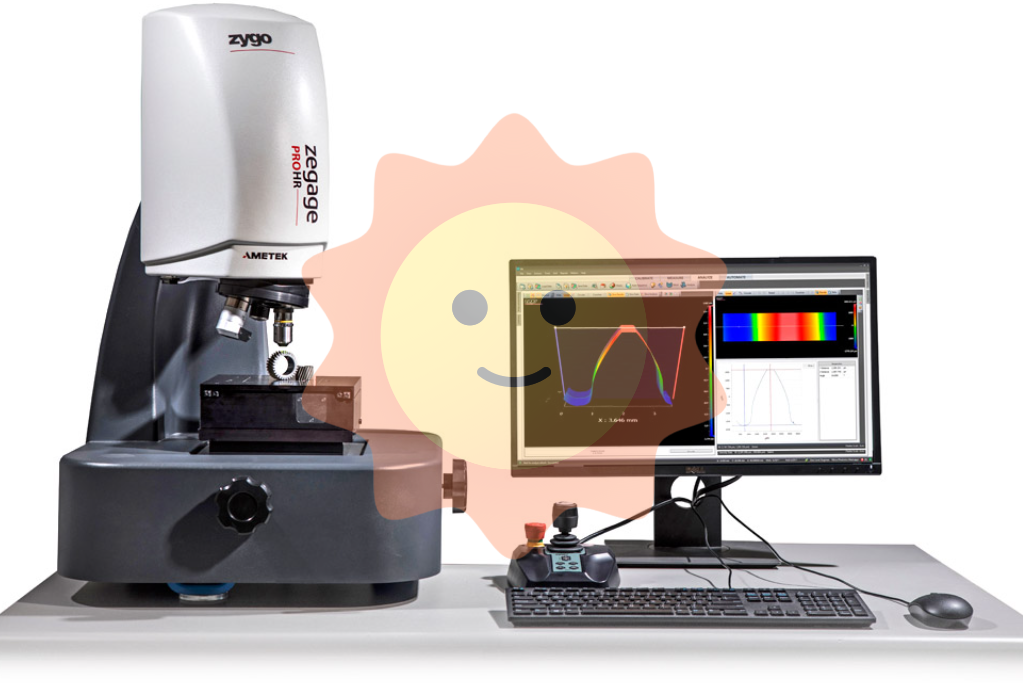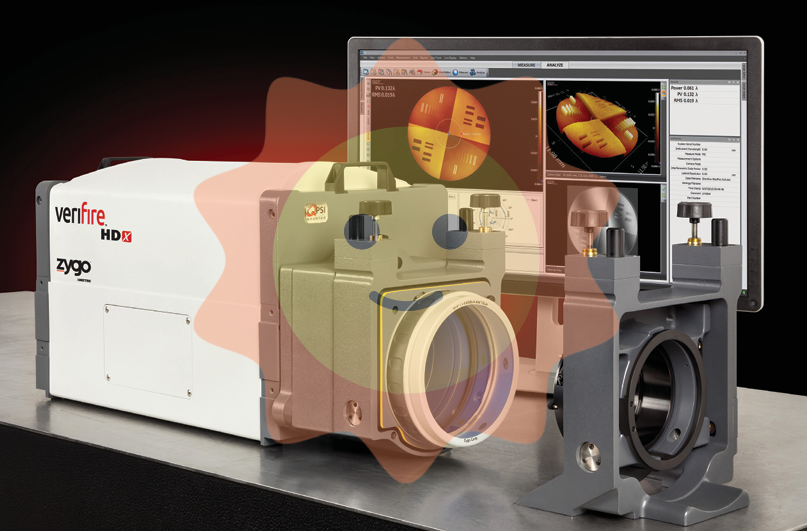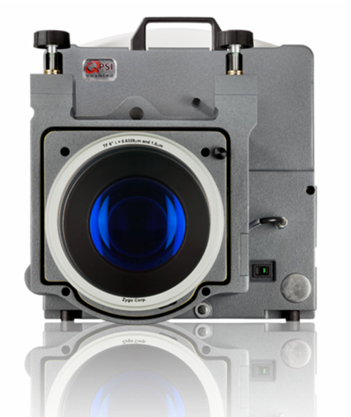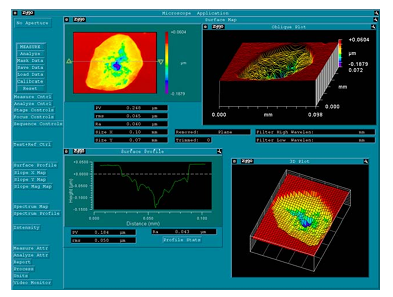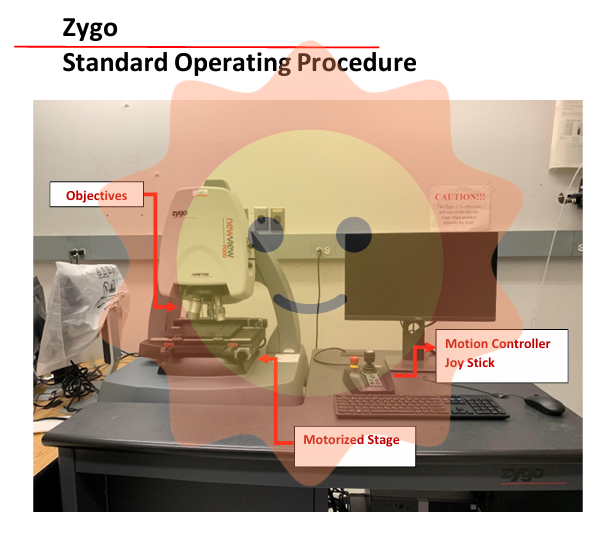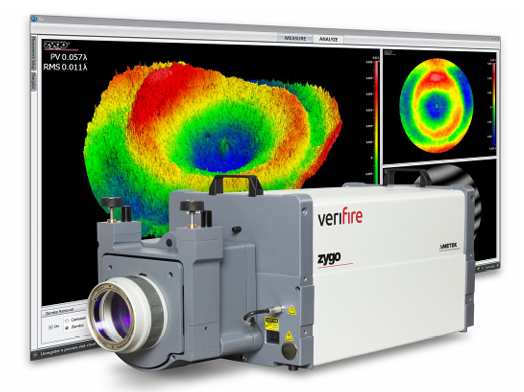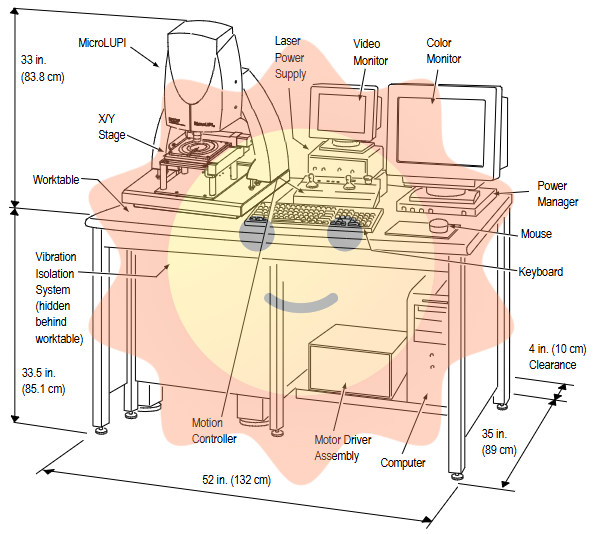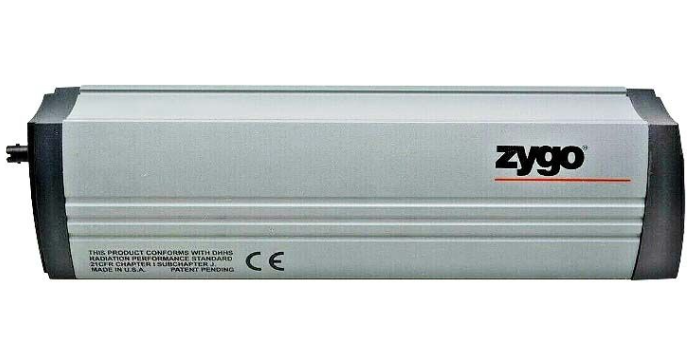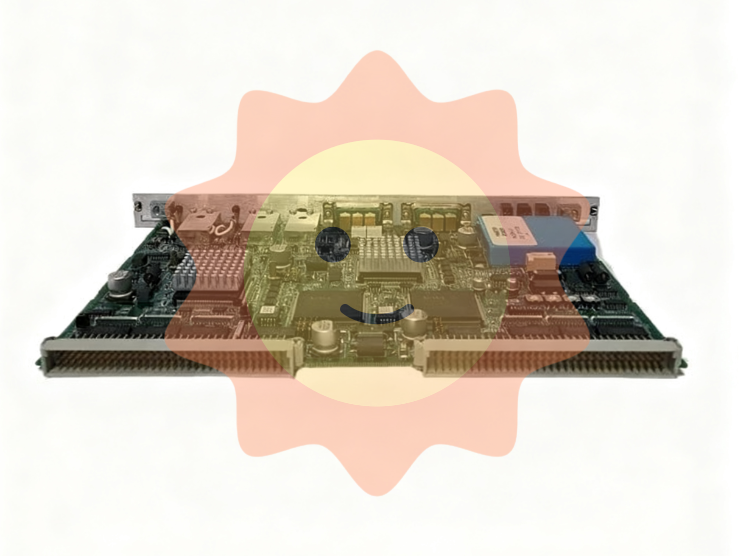ABB TB711F 3BDH000365R0001 is a miniature industrial control module in the ABB Advant series, originating from Switzerland. Its core function is to serve as a "compact control node" for small and medium-sized industrial automation systems, integrating the acquisition of analog and digital signals, basic logic control, and actuator driving functions. Without the need for additional complex controllers, it can achieve localized control of standalone equipment or small production lines, while supporting simple communication with the upper computer. Widely used in light industry, small equipment matching, auxiliary system control and other scenarios, it is a key component that balances cost and functionality, and simplifies the architecture of small systems.
ABB TB711F 3BDH000365R0001 Industrial Control Module
Core positioning and basic information
ABB TB711F 3BDH000365R0001 is a miniature industrial control module in the ABB Advant series, originating from Switzerland. Its core function is to serve as a "compact control node" for small and medium-sized industrial automation systems, integrating the acquisition of analog and digital signals, basic logic control, and actuator driving functions. Without the need for additional complex controllers, it can achieve localized control of standalone equipment or small production lines, while supporting simple communication with the upper computer. Widely used in light industry, small equipment matching, auxiliary system control and other scenarios, it is a key component that balances cost and functionality, and simplifies the architecture of small systems.
Key technical specifications
Core functions
Multi channel I/O acquisition+basic logic control (relay logic/simple PID)+actuator driver
Integrating the full process function of "collection control output", small scenarios do not require additional controllers, reducing system costs and complexity
Input/output channel configuration
Analog input (AI): 4 channels (supporting 4-20mA DC, 0-10V DC, compatible with sensor signals); Analog output (AO): 2 channels (4-20mA DC, driving regulating valve, frequency converter, etc.); Digital input (DI): 8 channels (24VDC dry contacts, compatible buttons, limit switches); Digital Output (DO): 4 channels (24VDC transistor output, maximum load 0.3A/channel, driving small solenoid valves and indicator lights)
The number of channels is suitable for micro control scenarios, covering the temperature and pressure monitoring and simple actuator control needs of small devices, and can meet basic functions without the need for expansion modules
Measurement accuracy
Analog input: ± 0.2% full scale (FSO); Analog output: ± 0.3% FSO
Accuracy meets the control requirements of small devices, such as single machine temperature regulation, pressure monitoring, etc. It can operate stably without high-precision calibration
Control algorithm support
Built in relay logic (simplified ladder diagram), single loop PID control (suitable for adjusting parameters such as temperature and liquid level), timing/counting function
Support conventional control logic for small scenarios, such as device start stop interlocking, temperature setting control, and production counting statistics, which can be configured through panels or simple tools without the need for professional programming software
Communication interface
1 RS485 interface (supporting Modbus RTU protocol, half duplex)
Satisfy simple data interaction with upper computer (such as PLC, touch screen), adjustable transmission rate of 9600-115200bps, can connect up to 10 upper computer nodes, communication distance ≤ 1000m (without relay)
Working power supply
24VDC ± 10% (single power input, maximum power consumption 3W)
Wide voltage input to adapt to power supply fluctuations of small devices, low-power design can be directly powered by the device's built-in power supply without the need for additional dedicated power supply configuration
Working temperature range
-20 ℃ to+60 ℃
Suitable for most indoor small equipment operating environments, such as workshop control cabinets and equipment junction boxes, without the need for additional temperature control devices
Protection level
IP20 (module body), optional IP54 protective shell (for close range installation next to equipment)
The standard configuration is suitable for installation inside the control cabinet, and the optional protective shell meets the requirements of distributed installation near the equipment, resisting dust and a small amount of splashing water
Protect performance
Overcurrent protection: The digital output terminal integrates a 0.5A self recovery fuse; Power reverse protection: The power terminal supports reverse polarity without damage; Signal overvoltage protection: The analog input terminal supports 25V DC transient overvoltage protection
Basic protection mechanisms prevent module damage caused by common faults in small devices, such as misconnections and short circuits in actuators, and reduce maintenance frequency
Typical application areas
Light industry (small packaging machine control)
In small packaging machines (such as bagging machines and sealing machines) in the food and daily chemical industries, TB711F collects packaging film tension sensors (4-20mA) and conveyor belt speed signals (0-10V), receives start/stop buttons and emergency stop signals through digital input, adjusts the tension roller motor speed through PID control, and drives the sealing heating tube and film feeding solenoid valve through digital output. Automated operation of the packaging machine can be achieved without the need for an additional PLC, while uploading packaging quantity and equipment status data to the upper computer via RS485.
Small HVAC system
In small air conditioning units and fresh air systems in commercial buildings, modules collect indoor temperature sensors (4-20mA) and return air humidity signals (0-10V), monitor fan operation status through digital input, adjust electric control valve opening (AO output) through PID control, and control fan start stop and heater switch through digital output. Realize automatic adjustment of indoor temperature and humidity, and support communication with Building Automation System (BAS) through Modbus to upload operational data.
Medical equipment support (small disinfection equipment)
In small disinfection and sterilization equipment in dentistry and laboratories, TB711F collects signals from temperature control sensors (4-20mA) and pressure sensors in the disinfection chamber, receives start commands and door control switch signals through digital input (prohibit starting when the door is not closed), adjusts heating tube power (AO output) through PID control, and controls vacuum pumps and indicator lights through digital output. Implement automated control of the disinfection process (such as heating insulation cooling timing) to ensure the safe operation of equipment.
Small water treatment equipment (household/commercial water purifiers)
In commercial water purifiers and small water softeners, the module collects water quality hardness sensors (4-20mA), water tank level signals (DI float switch), and controls the booster pump and solenoid valve through digital output. The backwash cycle control is achieved through timing function, and the inlet flow rate (AO output) is adjusted through PID. Without the need for a complex control system, automatic operation and maintenance reminders of the water purifier can be achieved, and water quality data and filter life information can be uploaded to the touch screen through RS485.
Key points of installation and operation and maintenance
(1) Installation specifications
Installation inside the control cabinet: compatible with standard 35mm DIN rails (EN 60715), the installation space needs to meet the module size (approximately 100 × 75 × 50mm in length, width, and height), with a reserved heat dissipation space of ≥ 1cm around to avoid being too close to strong electromagnetic equipment such as frequency converters and high-power power supplies (recommended ≥ 15cm), and to prevent interference with signal acquisition.
Installation next to the equipment (with IP54 casing): It needs to be fixed on the metal bracket or wall of the equipment to avoid direct sunlight and rainwater erosion; The inlet of the shell should use a waterproof gland (compatible with 4-8mm cables), and the cable should be reserved with a certain curvature to prevent loose wiring caused by pulling; If installed in a humid environment (such as near a water purifier), additional module grounding (grounding resistance ≤ 4 Ω) is required.
Wiring operation:
Signal wiring: The analog signal line adopts 0.5-1mm ² shielded wire, and the shielding layer is grounded at one end (grounding resistance ≤ 2 Ω); The digital signal line adopts 0.5mm ² unshielded wire, with a distance of ≥ 5cm from the power line (such as the motor power line) to avoid parallel laying.
Power wiring: The power terminal needs to be connected in series with a 0.5A fuse (additional protection), with the positive pole connected to "+V" and the negative pole connected to "- V". Reverse connection is strictly prohibited (although there is protection, long-term reverse connection may shorten the service life); If the device is powered by its own power supply, it is necessary to confirm that the power ripple is ≤ 5% to avoid affecting the stability of the module.
Communication wiring: RS485 interface uses 0.5-0.75mm ² twisted pair shielded wire, A/B wires need to be polarized, and the shielding layer is grounded at one end; 120 Ω terminal resistors need to be installed at both ends of the bus (only the farthest two modules are installed) to reduce signal reflection.
(2) Debugging and Inspection
Basic configuration: Set the AI signal type (such as 4-20mA/0-10V), PID parameters (proportional coefficient, integration time), DI/DO logic (such as DI1 triggering DO1 output), and communication parameters (baud rate, address) through the module's built-in 4-digit buttons and LED display screen (supported by some models), or ABB simple configuration software (connected through RS485).
Signal testing:
Analog input: Use a standard signal generator to input 4mA, 12mA, and 20mA signals to the AI terminal, and view the collected values through the display screen or software. The deviation should be ≤ ± 0.2% FSO. If it exceeds the tolerance, it needs to be corrected through the calibration function (some models support two-point calibration).
Analog output: By configuring software or pressing buttons to set AO output 4mA and 20mA signals, use a multimeter to measure the output current, with a deviation of ≤± 0.3% FSO, to ensure accurate action of actuators (such as regulating valves).
Digital quantity test: Input a 24VDC signal to the DI terminal (triggered by an analog button), observe whether the DO terminal outputs according to the preset logic (such as DO1 being powered on when DI1 is powered on), and check the self recovery fuse function (it should be disconnected when the DO terminal is short circuited, and reset after troubleshooting).
Control logic testing: Taking temperature control as an example, set a target temperature (such as 80 ℃), simulate temperature rise (input 12mA corresponds to 60 ℃, 20mA corresponds to 100 ℃), observe whether the AO output changes with temperature deviation (AO output increases when the temperature is below the target and decreases when it is above the target), and verify the stability of PID regulation (steady-state deviation should be ≤± 1 ℃).
(3) Maintenance strategy
Daily maintenance (every 2 weeks):
Appearance inspection: Check if the module power light (PWR constantly on) and running light (RUN flashing) are normal, and if the fault free light (ALM) is on; Check whether the terminal screws are loose and whether the wires are oxidized (if there is oxidation, the wires need to be stripped again and coated with antioxidant).
Function check: Check whether the key collected values (such as temperature and pressure) are stable through the display screen or upper computer, manually trigger the DI signal (such as emergency stop button), confirm that the DO output logic is normal, and verify that the protection function has not failed.
Regular maintenance (quarterly):
Cleaning: Use a dry soft bristled brush to clean the dust on the surface of the module and between the terminals. If installed in a dusty environment (such as a packaging workshop), regularly disassemble the IP54 casing to clean the interior and avoid dust accumulation and short circuits.
Calibration: Retest the accuracy of analog input/output. If the deviation exceeds the allowable range, perform two-point calibration through configuration software (such as 0% calibration for 4mA input and 100% calibration for 20mA input); Check the communication link and test for packet loss in Modbus data transmission (packet loss rate should be ≤ 0.1%).
Fault handling:
Power failure: If the power light is not on, first check the power voltage (confirm 24VDC ± 10%) and fuse. If the fuse is blown, check for a short circuit (such as reverse connection of DO terminal), replace the fuse, and then turn on the power.
Signal abnormality: If the AI collected value drifts too much, check whether the signal line is loose and whether the sensor is faulty; If there is no output from DO, first check if the self recovery fuse is triggered (wait for 10-20 seconds to reset). If there is still no output, the module output circuit needs to be replaced.
Communication failure: If the upper computer cannot read data, check whether the RS485 wiring (A/B polarity, terminal resistance) and communication parameters (baud rate, address) match, use a serial debugging tool to test the communication link, and eliminate software problems on the upper computer.

- User name Member Level Quantity Specification Purchase Date
- Satisfaction :
-









Email:wang@kongjiangauto.com

